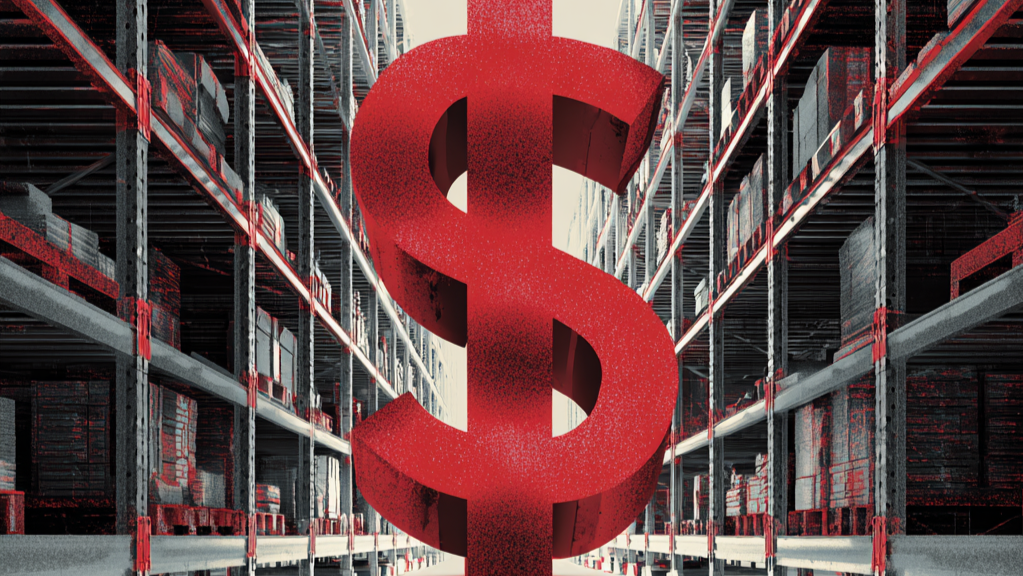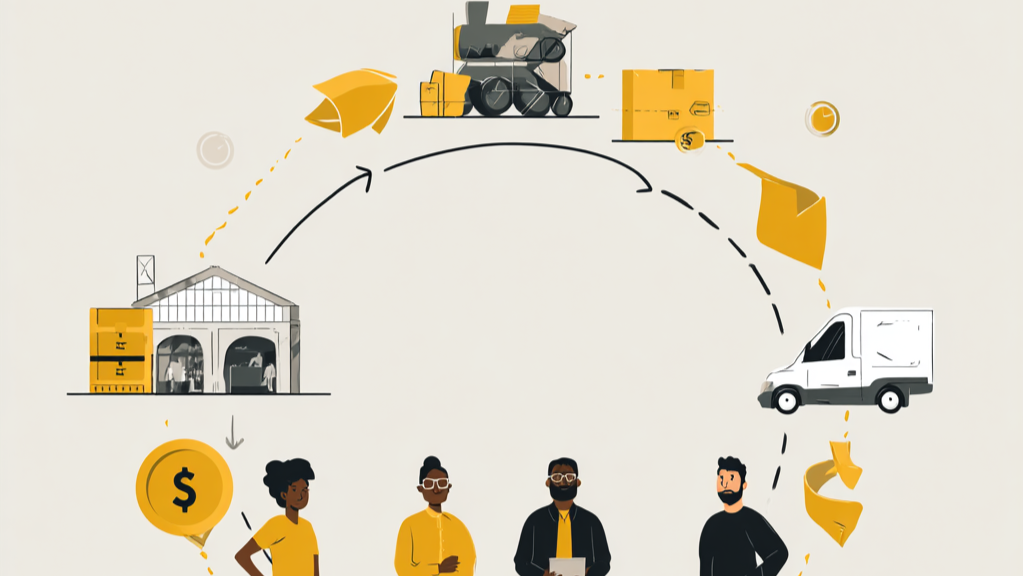
Our Perspective
Insights and resources to help you navigate the complexities of your business.
Categories

The Landed Cost Checklist: What to Track When Your Product Hits the Dock
Margin isn’t made at sourcing—it’s made at receiving. This checklist breaks down every hidden charge between port and shelf—duties, broker fees, drayage, storage, inspection, and last-mile delivery—so founders and finance teams can protect margin and forecast true landed cost at the SKU level.

What's Actually in Your Landed Cost? A Breakdown for Food and Beverage Brands
Most founders think they know their cost per unit — but landed cost goes far beyond ingredients and packaging. This guide breaks down every hidden cost food and beverage brands must include to price accurately and protect margins.

How to Pitch Your Brand to a Lender in 2025
Most lenders aren’t funding your vision—they’re funding your ability to repay. This guide breaks down exactly what founders in wine and CPG need to pitch a lender with confidence, from financial docs to DSCR math.

Working Capital for Production: What Are Your Options?
For growing CPG brands, production costs come fast—while payments arrive slow. This guide explores lines of credit, PO financing, and invoice factoring to help you bridge cash flow gaps and keep your brand moving forward.

The 40/25/10 Rule: A Simple Framework for Modeling Retail Economics
A simple rule of thumb in CPG retail—40% to the retailer, 25% to the distributor, 10% to promotions—leaves just 25% for the brand. Learn how the 40/25/10 rule can make or break your wine pricing strategy.

Is It Worth It? How to Model Velocity Requirements Before Saying Yes to a New Retailer
Velocity, not store count, determines whether a retail partnership is profitable. Even a small dip in sales per store can slash your margins. This post offers a framework for modeling breakeven velocity — before you say yes to that exciting retail pitch.

Beyond the Bank: Non-Traditional Lenders Every CPG Brand Should Know About
CPG brands often get stuck between bank loans and VC funding — but there's a smarter way forward. Learn how non-traditional lenders like CDFIs, revenue-based financing, and CPG-focused credit cards offer flexible, founder-friendly capital to fuel your growth.

How Many Cases to Break Even? A Step-by-Step Math Guide for Early Stage Brands
Selling product is not the same as making money — and for emerging brands, that’s a hard truth. This guide walks you through the exact math to calculate break-even volume by channel, exposing how promo spend, freight, and true COGS shrink margin per case. With a real-world snack brand example, you'll learn how to model smarter and price with intent.

In-House vs. Outsourced Manufacturing: How to Choose the Right Path for Your Brand
As your brand scales, production decisions can make or break your margins. This guide unpacks when outsourcing is the right move, when to bring manufacturing in-house, and how to model the true costs, risks, and operational load of both.

How to Make the Most of the Tariff Time-Out
The current pause in import tariffs offers founders a rare opportunity: time to prepare. In this guide, we walk through practical steps to protect your margins, diversify suppliers, and future-proof your pricing before the next tariff announcement hits.

Compete With Store Brands Without Cutting Too Deep
Private labels are rising — but that doesn't mean your brand has to slash prices to compete. Learn how CPG founders can protect margins, win shelf space, and build a strategy that plays to their brand's strengths.

Here's What Founders Should Do With QSBS
As 2026 approaches, founders of CPG brands need to prepare for possible changes to QSBS rules that could dramatically impact their tax strategy. Learn how to structure your business now to maximize potential capital gains exclusions later.

Profit Sharing for Startups: How to Build a Brand Everyone's Invested In
Profit sharing isn't just for big corporations. For startups, it can be a practical, culture-building way to reward performance without burning cash or giving away equity. Here’s how to structure a simple, fair, and scalable profit-sharing plan your team will actually trust—and remember.

A Founder's Guide to Offering Medical Benefits Without Losing Your Mind (or Your Margin)
Start-up health benefits don’t have to wreck your margins — or your sanity. Learn how to design a sustainable, competitive plan that fits your small CPG team and grows with your business.

Securing Investors: The Metrics and Storytelling That Earn Capital
Passion gets founders in the room — clarity and metrics get them funded. Learn which financials matter most to CPG investors, how to craft a capital-ready narrative, and how to prep for the investor questions that decide your funding fate.

Protecting Your Margins in 2025: Cost-Control Strategies That Actually Work
Margins feel tighter than ever, even as inflation headlines cool. If you're a founder in DTC wine or CPG, this playbook shows how to protect your profits without cutting quality — from smart supplier talks to rethinking freight and packaging.

Cash Flow Hacks Every CPG Founder Should Know
You can have growing sales, a killer product, and strong demand—and still run out of cash. These cash flow hacks help early-stage CPG founders unlock capital, fund production, and stay retail-ready without outside investment.

How Streamlining Your Product Line Can Unlock Growth for CPG Brands
Too many SKUs can drag down a young CPG brand—tying up cash, complicating ops, and slowing momentum. Learn how SKU rationalization helps brands focus on what’s working, boost profitability, and scale smarter.

How Founders Can Build a Smarter Omnichannel Sales Strategy in 2025
Most founders treat omnichannel as a marketing choice. But real complexity shows up in your cash flow, margin, and inventory models. If you're selling DTC, wholesale, on-premise, and Amazon, you’re not managing channels—you’re managing systems. This post breaks down how to model them properly.

How Small CPG Brands Can Retain Talent Without Breaking the Bank
Early-stage CPG brands don’t need big budgets to keep great employees — they need clear culture, shared wins, and real flexibility. This guide shares practical ways to retain talent through purpose-driven systems, not just perks.

